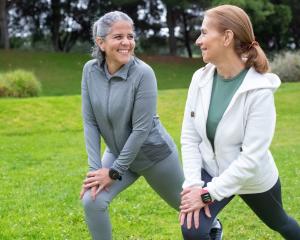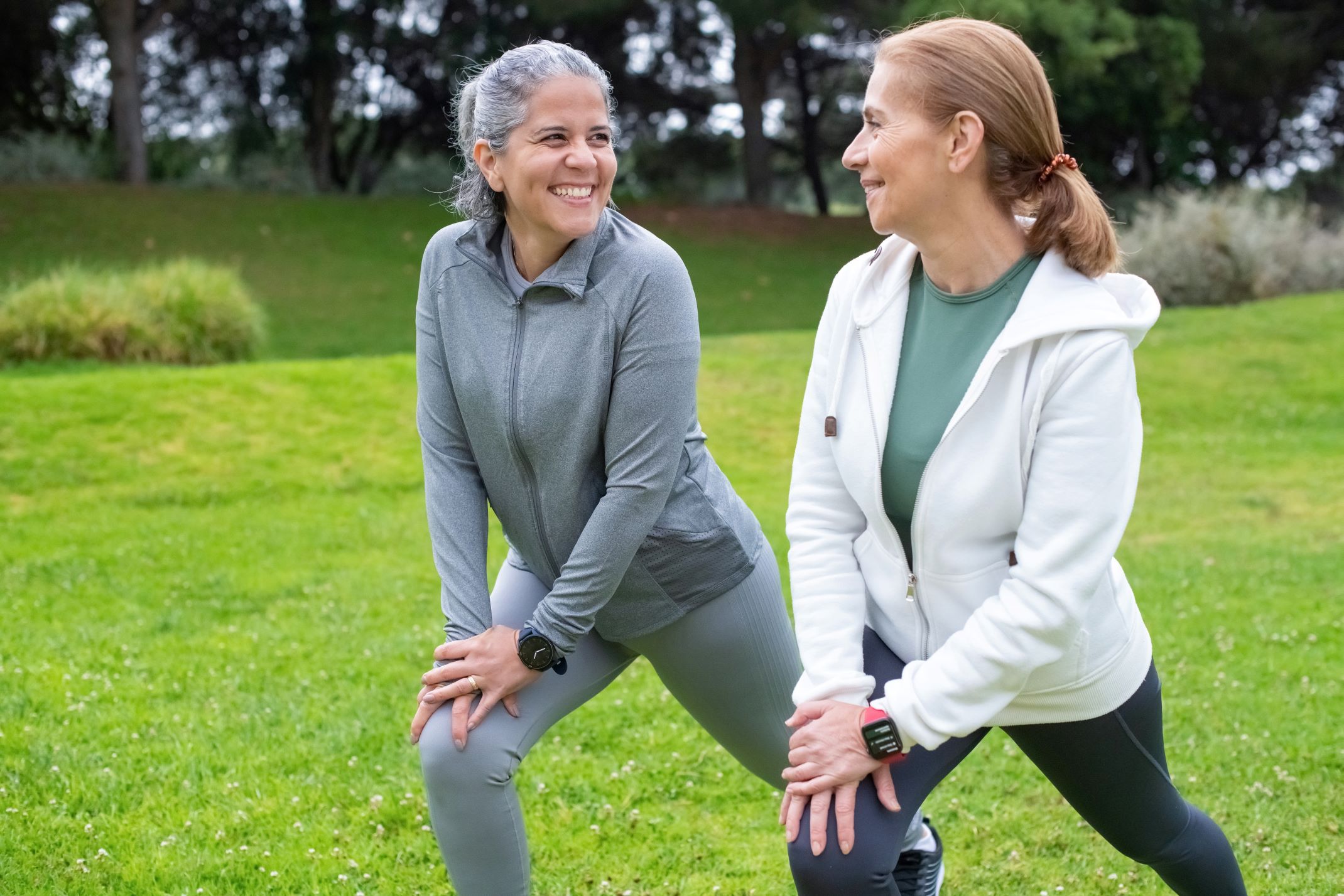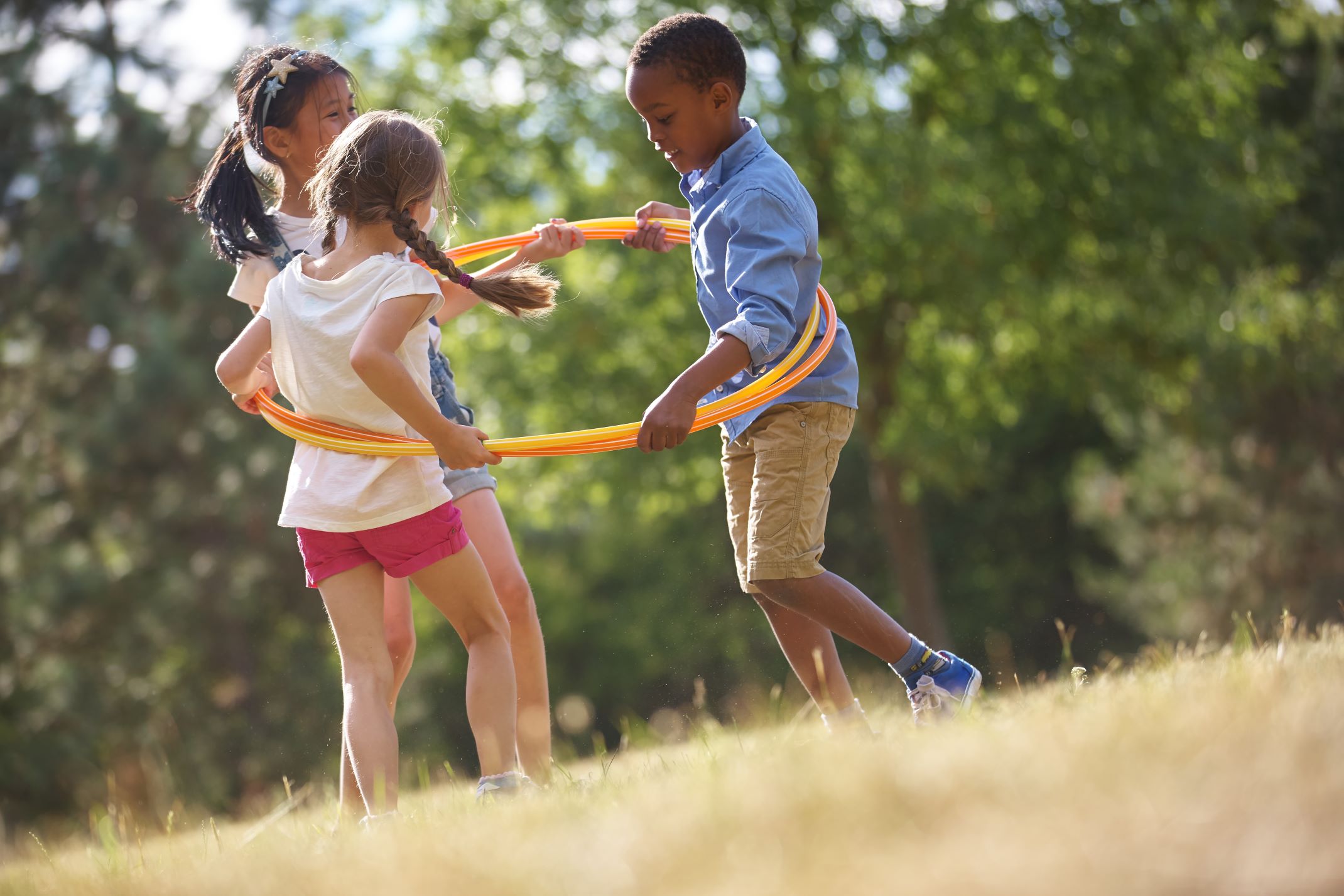-
Patient Resources
-
-
Services
-
-
Service Details
-
Proudly Part of Privia Health

Hotflashes - July 2025
Pelvic Floor Health: Why it Matters and How to Strengthen It

Pelvic floor health is an often overlooked but crucial aspect of overall well-being for many women. Located at the base of the pelvis, the pelvic floor consists of muscles, ligaments, and tissues that support the bladder, bowel, and reproductive organs. Although you may not know how it important it is, your pelvic floor plays an important role in many of your body’s functions, like bladder control, sexual health, and core stability.
What Is the Pelvic Floor?
The pelvic floor is essentially a "hammock" of muscles and tissues that span the bottom of your pelvis, stretching from the tailbone to the pubic bone. These muscles control the release of urine, feces, and gas, and they also contribute to sexual function and support during childbirth. Additionally, a strong pelvic floor helps stabilize the core, offering support to the spine and pelvis.
Why Does Pelvic Floor Health Matter?
Over time, your pelvic floor muscles can become weaker because of things like pregnancy, childbirth, aging, obesity, or a sedentary lifestyle. This can lead to pelvic floor dysfunction, which can cause things like:
- Urinary incontinence (leaking urine)
- Difficulty emptying the bladder or bowels
- Chronic pelvic pain
- Lower back pain
- Sexual dysfunction
How to Strengthen Your Pelvic Floor
Fortunately, improving pelvic floor strength is achievable with a few simple exercises that can be incorporated into your daily routine. The most well-known exercise is the Kegel exercise, which involves contracting and relaxing the pelvic floor muscles. To perform a Kegel:
- Locate your pelvic floor muscles: These are the same muscles you would use to stop urination midstream.
- Contract these muscles: Hold the contraction for 5-10 seconds, then relax for the same amount of time.
- Repeat: Perform this exercise for 10-15 repetitions, three times per day.
In addition to Kegels, strengthening the core and maintaining good posture can also support pelvic floor health. Exercises such as bridges, squats, and pelvic tilts can help engage the pelvic floor muscles while also strengthening the surrounding muscles of the core and hips.
Other Tips for Pelvic Floor Health
- Maintain a Healthy Weight: Being overweight can put additional pressure on your pelvic floor muscles, leading to a higher risk of dysfunction.
- Stay Hydrated: Drinking plenty of water can prevent urinary tract infections and bladder issues.
- Avoid Straining: Whether during bowel movements or heavy lifting, straining can weaken the pelvic floor muscles. Use proper lifting techniques and avoid holding your breath while lifting.
https://www.uclahealth.org/news/article/important-web-muscles-often-goes-overlooked
Recognizing Heat Related Illness in Children: What Every Parent Should Know

As temperatures rise, so does the risk of heat-related illnesses—especially in children. Unfortunately, kids are more vulnerable to the effects of extreme heat because their bodies don’t cool down as well as adults. Whether they're playing outside at the park or participating in summer sports, it’s important to educate yourself on what heat related illness is and the signs to look out for, so you can act quickly if your child is struggling from heat related illness.
Why Children Are at Higher Risk
Children’s bodies produce more heat relative to their size, and they sweat less than adults, making it harder for them to regulate body temperature. Combine that with the high humidity here in South Georgia, intense physical activity, or too much time in direct sunlight, and the risk of overheating rises.
Types of Heat-Related Illnesses
Understanding the different stages of heat illness can help you act before the situation becomes dangerous:
- Heat Cramps
Heat cramps are painful muscle spasms that usually occur in the legs or abdomen during or after intense activity in hot weather, and they are usually the first sign of an issue. While not life-threatening, they are a signal that the body is struggling to cool itself. - Heat Exhaustion
This more serious condition occurs when the body becomes dehydrated and can no longer regulate temperature properly. Symptoms may include:- Heavy sweating
- Fatigue or weakness
- Dizziness or fainting
- Headache
- Nausea or vomiting
- Cool, clammy skin
- Heat Stroke
Heat stroke is a medical emergency and can be life-threatening. It happens when the body’s temperature rises rapidly and can no longer cool itself. Signs of heat stroke in children include:- High body temperature (104°F or higher)
- Hot, dry, or flushed skin
- Confusion or slurred speech
- Rapid pulse
- Loss of consciousness or seizures
If you suspect heat stroke in your child or anyone else, call 911 immediately and move the person to a cooler place while waiting for help.
How to Prevent Heat-Related Illness in Kids
No one wants to see their child affected by heat-related illness, so prevention is key. You can help prevent heat-related illness in your child by:
- Hydrating Often: Encourage frequent water breaks, even if your child doesn’t feel thirsty.
- Dressing for the Weather: Lightweight, loose-fitting, and light-colored clothing helps keep the body cool.
- Limiting Outdoor Activities: Avoid vigorous play during peak sun hours (10 a.m. to 4 p.m.).
- Seeking Shade and Cool Spaces: Use umbrellas, tents, or go indoors regularly to give your child’s body a break from the heat.
- Know the Warning Signs: Familiarize yourself with the symptoms of heat-related illness and act quickly if they appear.
https://kidshealth.org/en/parents/heat.html
Caprese Chicken Pasta Salad

Ingredients:
Balsamic Dressing:
- 2/3 cup extra virgin olive oil
- 1/3 cup balsamic vinegar
- 3 tablespoons honey
- 1 shallot, chopped
- 3 cloves garlic, chopped,
- 2 tablespoons chopped fresh oregano
- Kosher salt, black pepper, and red pepper flakes to taste
Salad:
- 1 pound boneless skinless chicken tenders
- 1 pound short cut pasta
- 2 cups mozzarella balls
- 2 cups cherry tomatoes
- 1 cup fresh basil leaves, torn
- 1 avocado, diced
Directions:
- Combine all the dressing ingredients in a glass jar and whisk until smooth. Taste and salt and pepper as needed.
- In a bowl, toss the chicken with 1/3 of the dressing. Let sit for at least 10 minutes up to overnight to marinate. Set your grill, grill pan, or skillet to medium-high heat. Grill the chicken until lightly charred and cooked through, turning halfway through cooking, about 8-10 minutes.
- Bring a large pot of salted water to a boil. Boil the pasta to al dente, according to the package directions. Drain.
- Add the pasta, chicken, mozzarella, tomatoes, and avocado to a large salad bowl. Pour the remaining dressing over and toss well to combine. Serve warm or cold. The salad will develop more flavor as it sits.
https://www.halfbakedharvest.com/caprese-chicken-pasta-salad/
